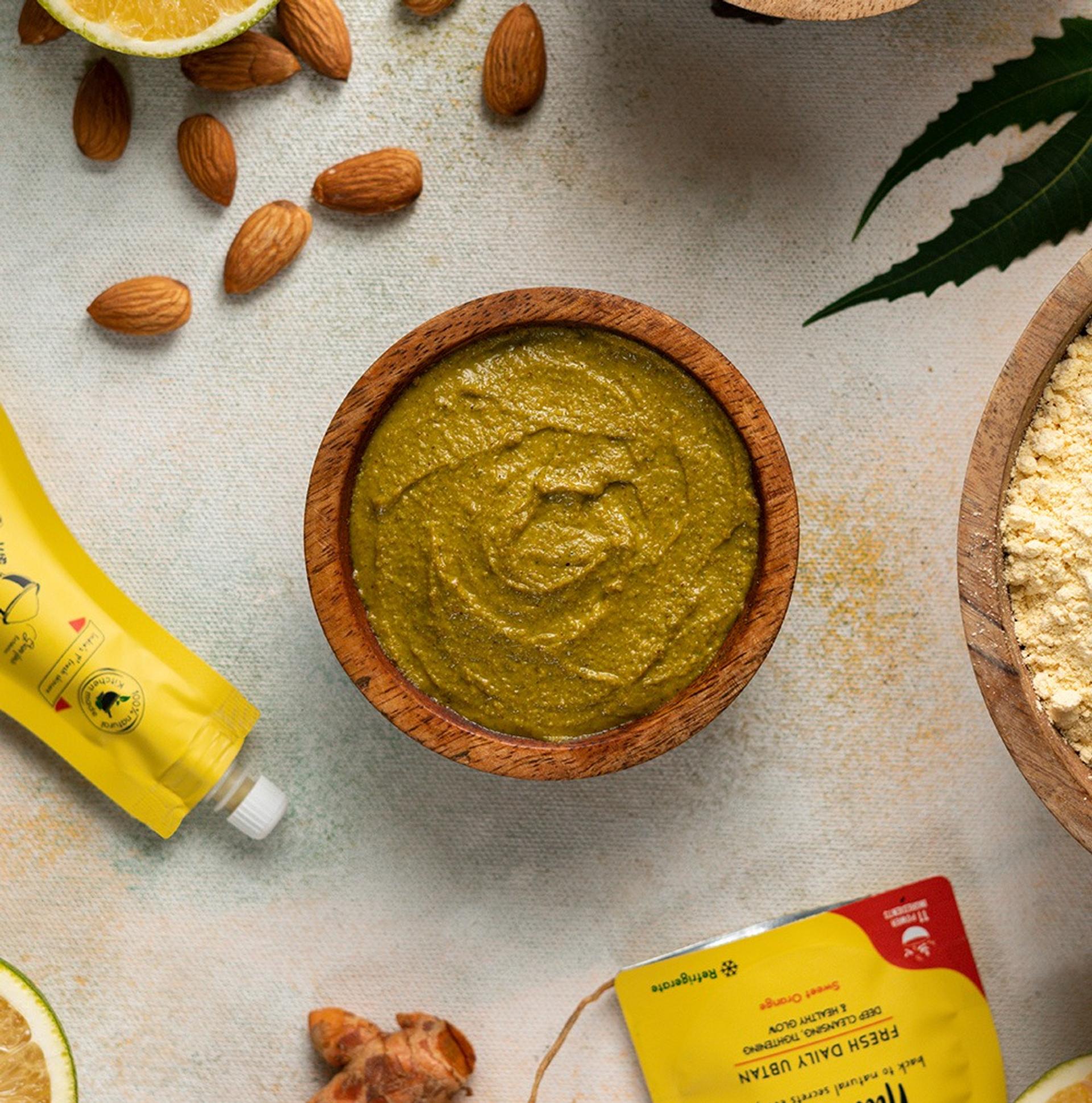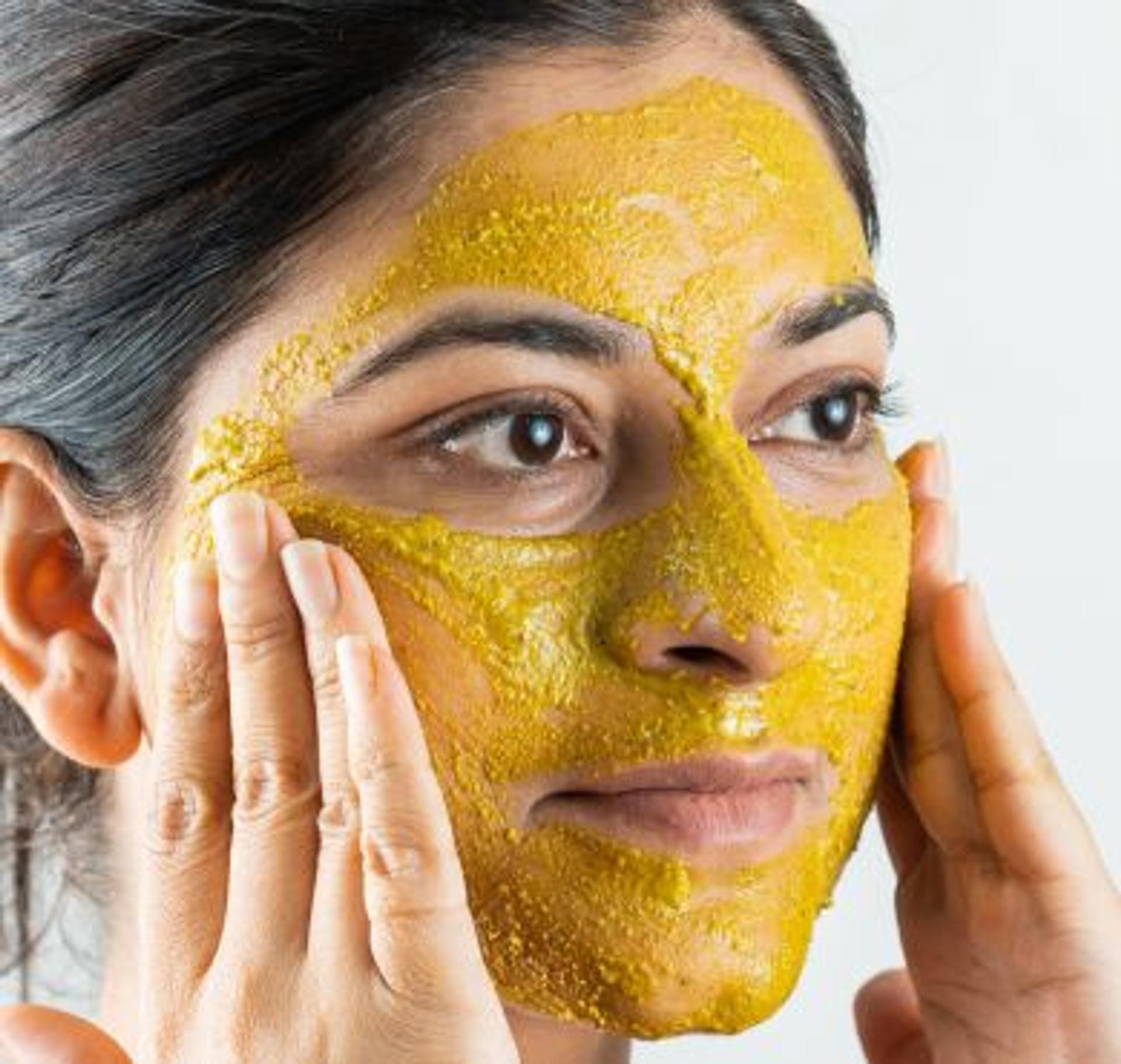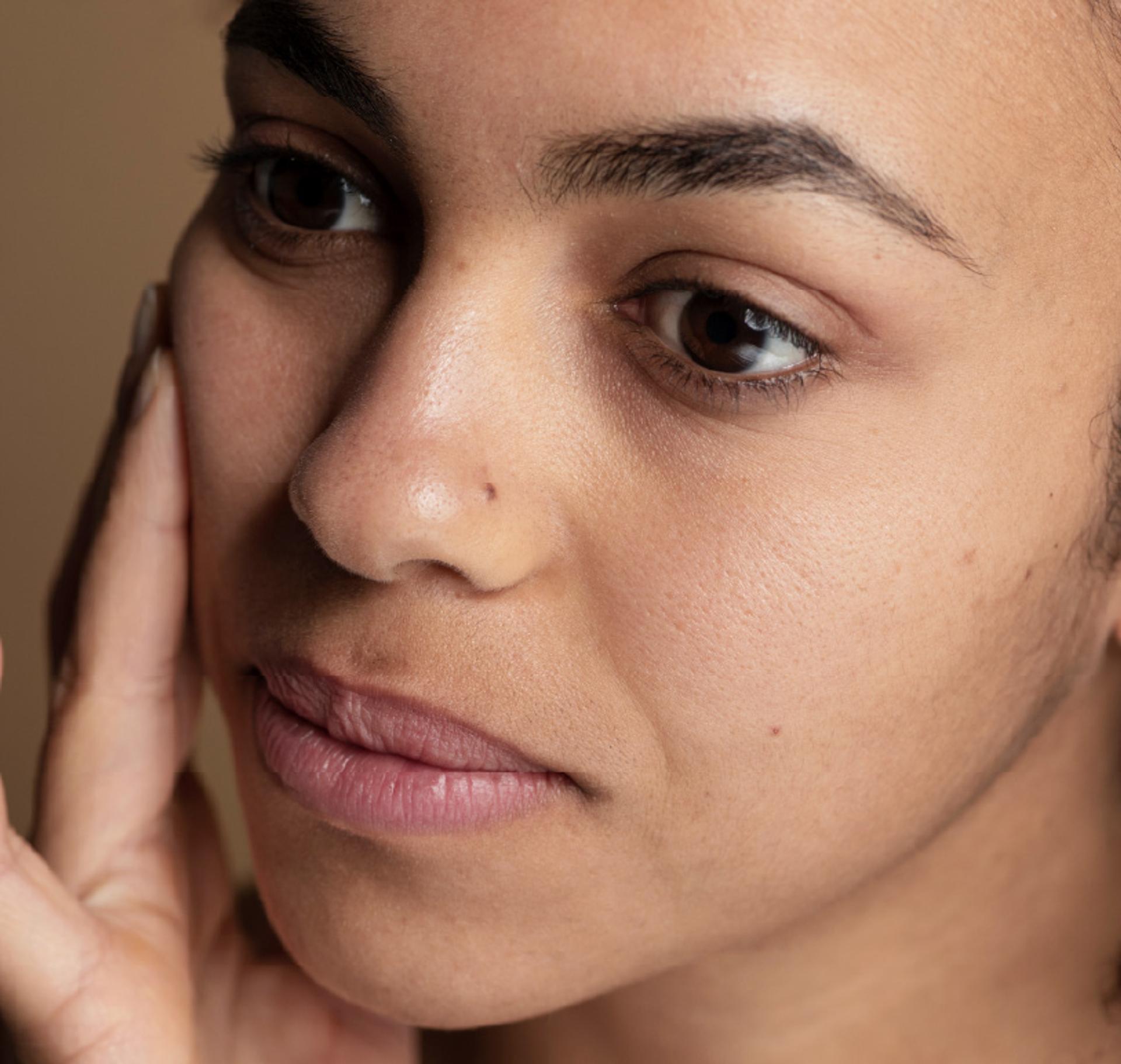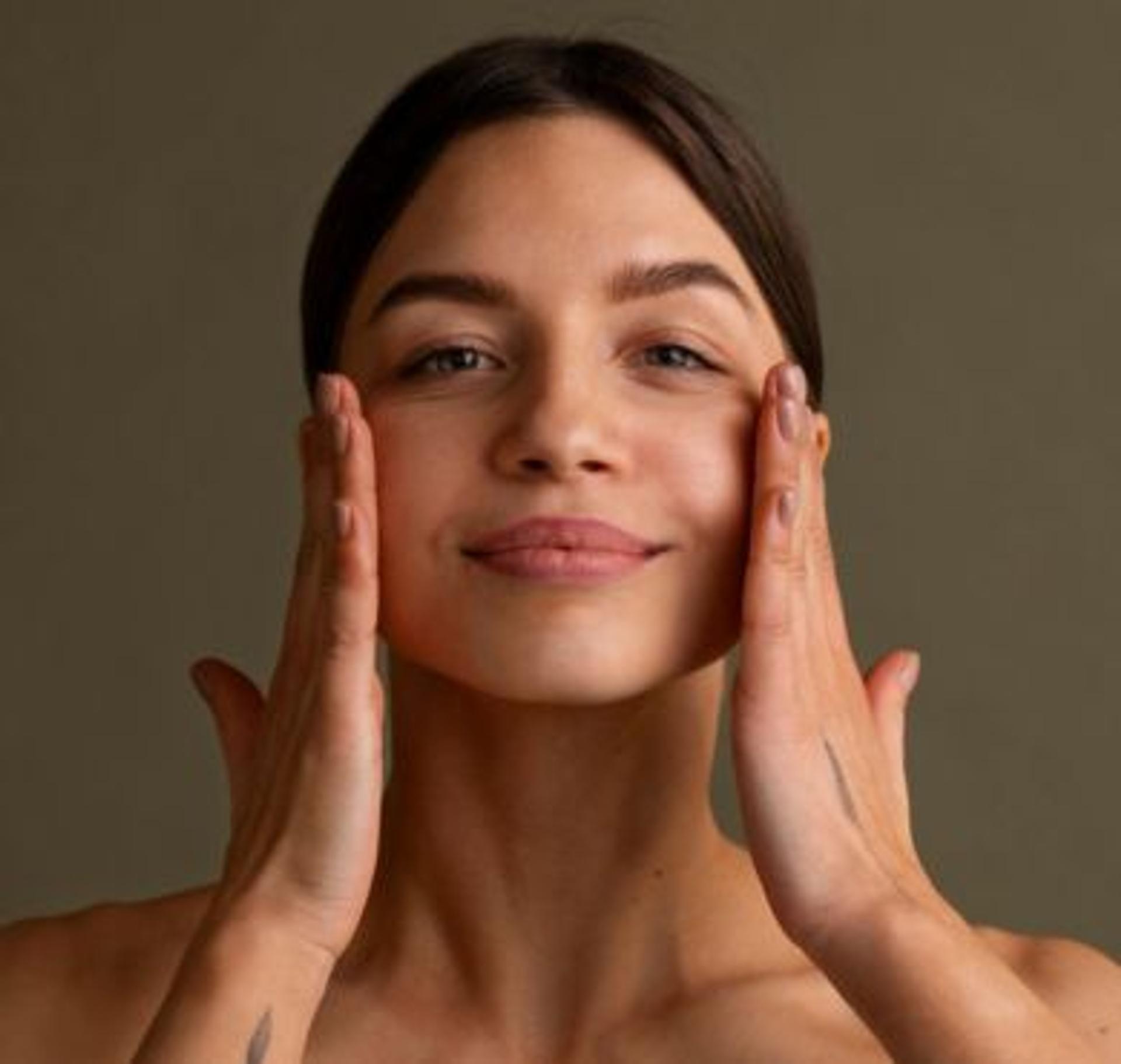
Face the Calm: Ancient Oiling Meets Modern Skin Science
By Nat Habit
In the quiet hum of early mornings or the soft unwind of dusk, there’s a kind of care that doesn’t scream “routine.” It whispers “ritual.” One where your palms meet your skin not in haste, but in harmony. One that has no hurry, only healing.
This is Mukh Abhyangyam—the ancient practice of oiling your face with purpose, precision and peace. It is not just skincare. It is skin care.
And in a world that pushes us to scrub, strip and squeeze our skin into submission, this practice invites us to nourish. To give, not take. To soften, not control. It’s the age-old Ayurvedic science of facial oil massage—brought back into the modern fold, where your skin and your nervous system are both begging to be held.
What Is Mukh Abhyangyam?
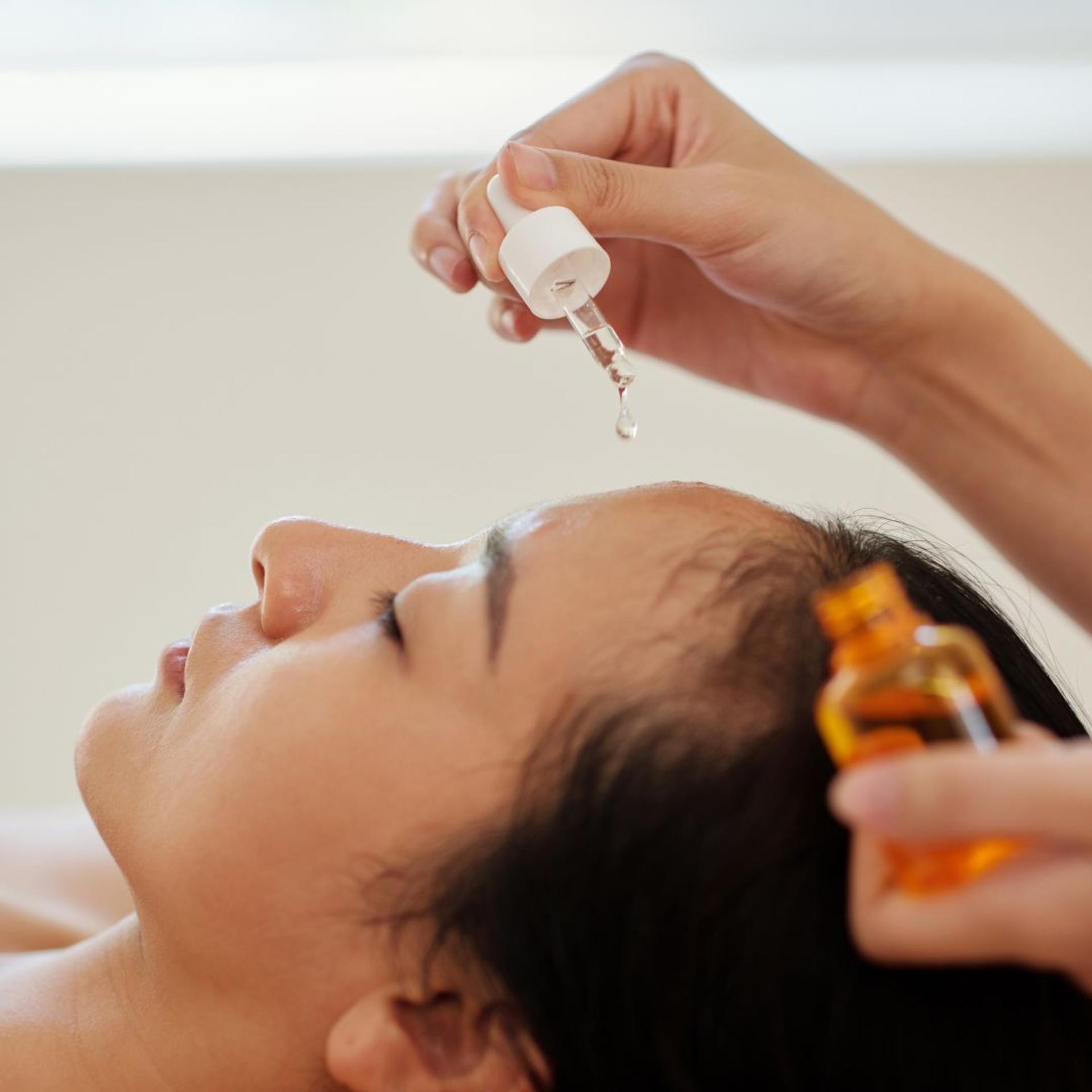
“Mukh” means face, and “Abhyangyam” refers to the act of therapeutic oil massage.
In Ayurveda, Abhyanga is a full-body ritual of self-oiling. Mukh Abhyangyam is its focused, facial version—where warm, nutrient-rich oils are gently massaged into the skin in intentional strokes, balancing not just the skin’s surface but the energy beneath it.
It's not your average face massage. It's a combination of lymphatic drainage, marma therapy, dosha-balancing and deep nourishment—rooted in ancient wisdom, backed by modern science.
The Science Behind The Serenity
Let’s decode why this ancient ritual makes scientific sense today:
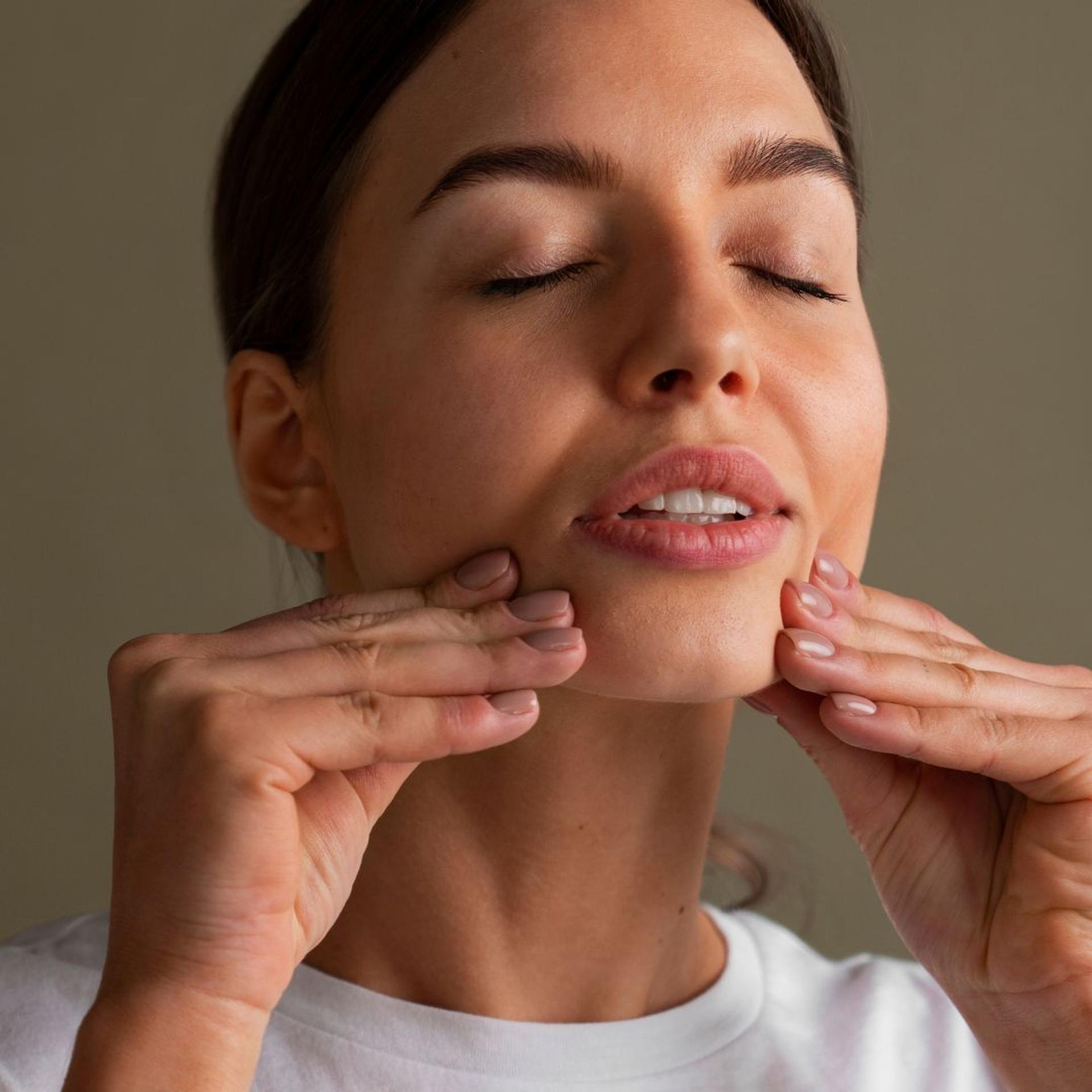
1. Boosts Lymphatic Drainage & De-puffing
The lymphatic system is your body's unsung detox hero. Gentle, upward strokes during Mukh Abhyangyam activate facial lymph nodes, encouraging drainage of stagnant fluids and toxins. This reduces puffiness, dullness and under-eye bags—naturally.
2. Strengthens the Skin Barrier
Unlike water-based moisturisers that evaporate, facial oils (when chosen right) mimic your skin’s lipid structure. They reinforce the skin’s natural barrier, locking in moisture and keeping irritants out.
Oils rich in linoleic acid (like sesame or sunflower) restore barrier function in dry or sensitive skin.
Oils with oleic acid (like almond) nourish deeper layers and suit mature or dry skin types.
3. Regulates Sebum & Balances Oiliness
Yes, applying oil can actually help oily skin. When the skin is nourished externally, it doesn’t overcompensate by producing excess sebum.
Studies show that lipid-based applications reduce transepidermal water loss (TEWL) and re-train sebaceous glands over time.
4. Improves Blood Circulation & Collagen Stimulation
Massage activates subdermal blood flow. This improved circulation brings oxygen and nutrients to skin cells and supports fibroblasts—your collagen factories.
With time, you notice improved elasticity, a healthy glow and reduced appearance of fine lines.
5. Soothes the Nervous System
Facial skin is richly innervated. Massaging pressure points (like marma points) calms the vagus nerve, lowers cortisol and triggers the parasympathetic nervous system—your rest and repair mode.
This is not just about skin wellness. It’s nervous system nourishment.
The Art of Mukh Abhyangyam: How to Do It Right
Make this your own sacred 5–10 minute ritual, morning or night.
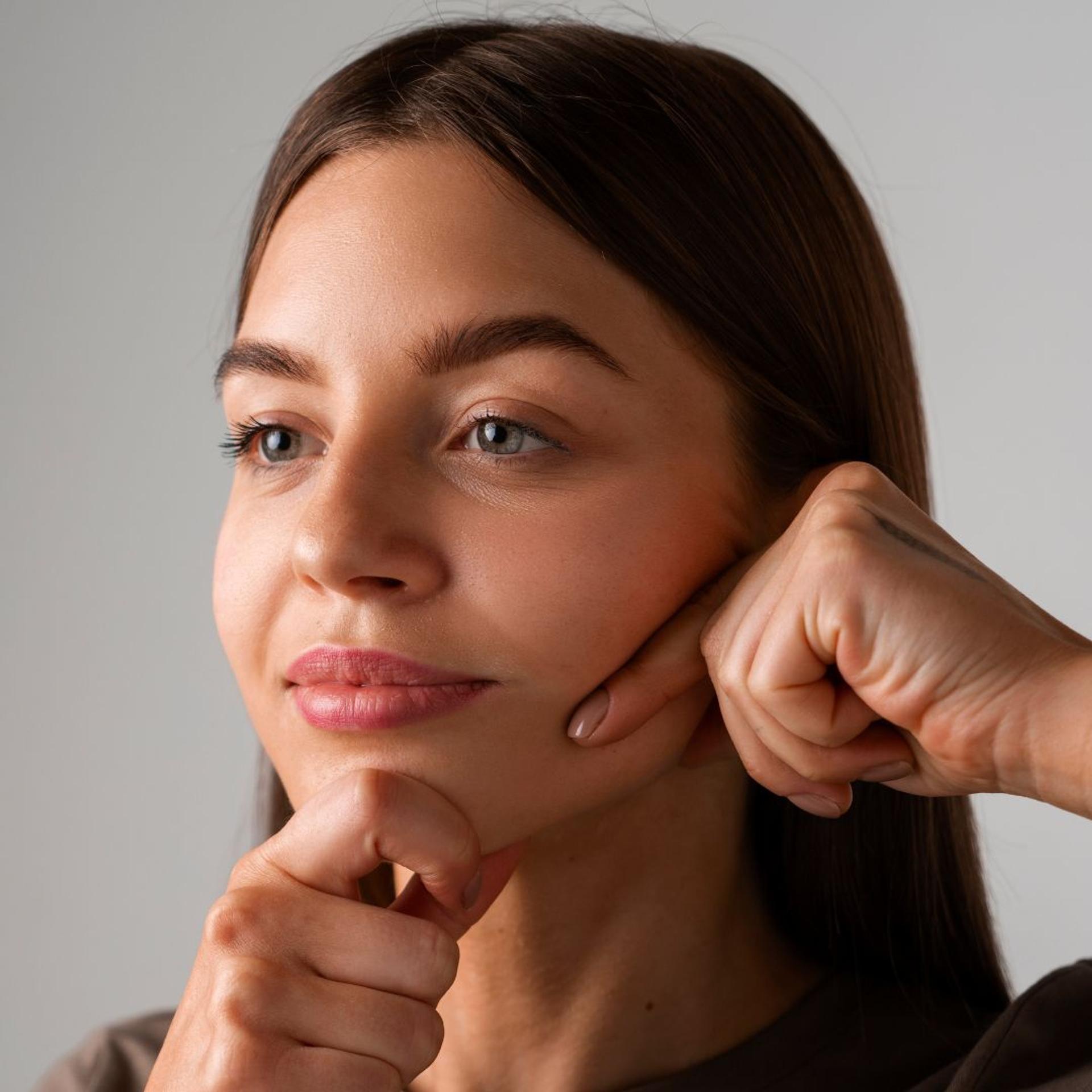
Step 1: Choose the Right Oil
- For Vata (dry, thin skin): Sesame, Almond, Avocado
- For Pitta (sensitive, acne-prone): Coconut, Walnut, Sandalwood oil
- For Kapha (oily, congested): Ajwain, Neem, Manjistha-infused oils
Step 2: Warm the Oil
Take 4–5 drops of oil in your palm. Rub gently or warm it over a bowl of hot water. Warm oil penetrates better and feels more comforting.
Step 3: Begin with Breaths
Pause. Breathe in the aroma. Anchor yourself in this moment of care. Let it not be a chore, but a ceremony.
Step 4: Massage with Intent
- Use upward, outward strokes on cheeks and jaw
- Use circular motions around forehead and temples
- Apply gentle tapping under the eyes
- Massage behind ears and down neck to promote lymphatic flow
Take your time. There is no rush when you are in ritual.
Step 5: Let it Soak or Wipe Gently
- Let the oil sit for 15–20 mins before your bath (as a pre-cleanse)
- Or, use a warm damp cloth to gently pat off excess oil
Avoid harsh cleansers immediately after.
Dos and Don’ts of Mukh Abhyangyam
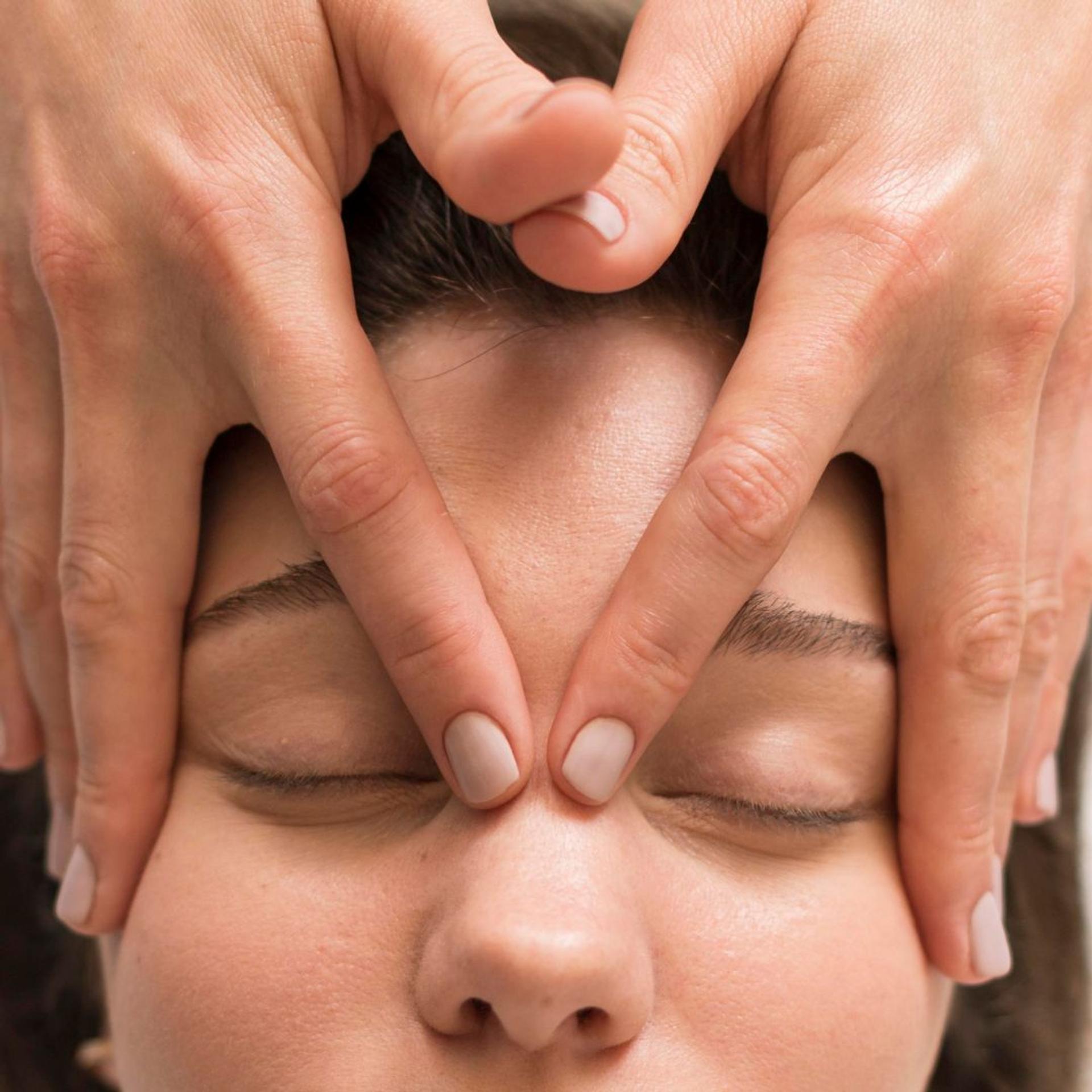
Dos
- Do it consistently (3–5 times a week)
- Do keep strokes light, not aggressive
- Do customise oil to skin type and season
- Do massage downward from ear to clavicle for proper drainage
- Do clean hands and face before beginning
Don'ts
- Don’t use cold oil directly from bottle
- Don’t massage over active acne or open wounds
- Don’t mix multiple oils randomly
- Don’t rub too hard—this isn’t exfoliation
- Don’t do it right before stepping out in pollution
The Deeper Meaning
At its heart, Mukh Abhyangyam is not a product trend. It’s a pause.
A return to yourself—to your breath, your skin, your rhythms. A moment where fingers become messengers of love, not judgement.
When done regularly, the results go beyond glowing skin. There’s a softening of expression. A clarity in the eyes. A relaxation in the jaw. A gentle pride in having chosen you amidst all the rush.
Because your face deserves more than a hurried layer of serum.
It deserves the sacred touch of care.
It deserves Abhyangyam.
Learn more
